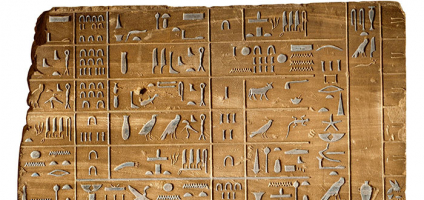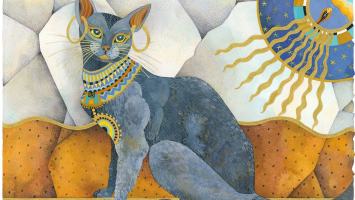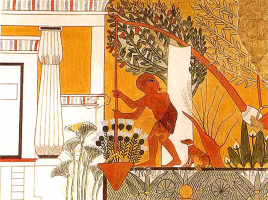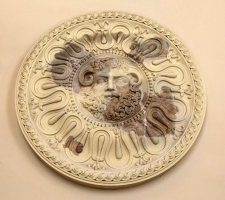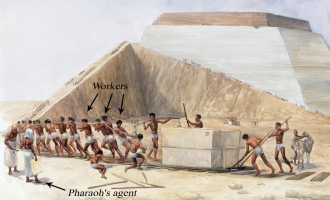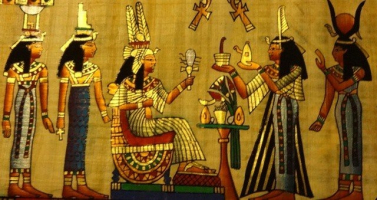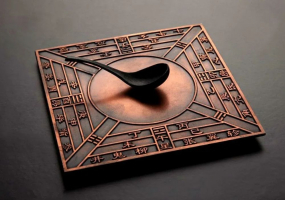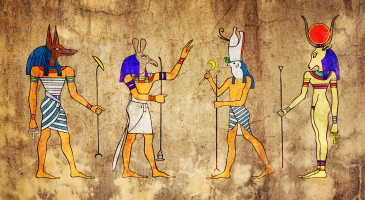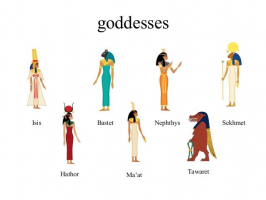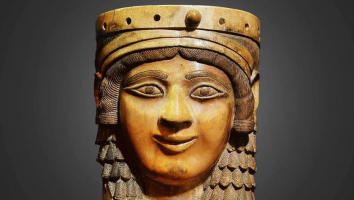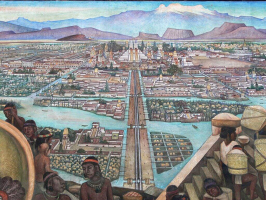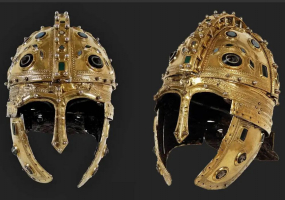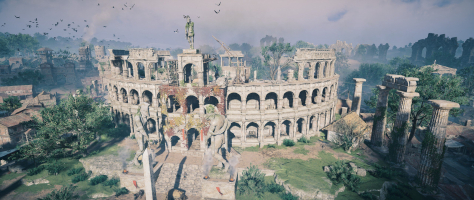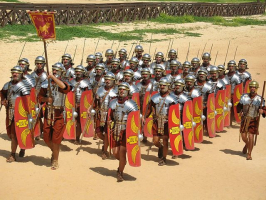Top 10 Incredible Ancient Codes
Numerous secrets from history have been revealed to us, some of which still confound us now. Jack the Ripper was what? Where is the Ark of the Covenant now? ... read more...Was the Atlantis real? However, some riddles have proven to be simpler to solve than others, particularly old codes and ciphers that took years to decipher and gave us a window into a long-forgotten world.
-
The Spanish nearly wiped off the rich Maya culture in the sixteenth century. The cultures of the survivors were destroyed. Their language was replaced by Spanish, and their beliefs were superseded by Christianity. It's the same scenario as any other time in history when a powerful conqueror arrives and decimates the native population; the devastating loss of culture and heritage.
Thankfully, part of the Maya culture has persisted, including the glyphs. Since the beginning of the conquering of their culture, the almost-lost language has been researched. One of the four illustrated Maya books that are still in existence are thought to have been sent back to Spain by Cortes.
The Maya glyphs proved to be difficult to decipher. With these, the Spanish had little success. The 1800s saw a slight increase in efforts, but it wasn't until the 1900s that many of them were entirely translated. When the language could be spoken aloud for the first time in several hundred years in 1981, the final piece of the puzzle was revealed.
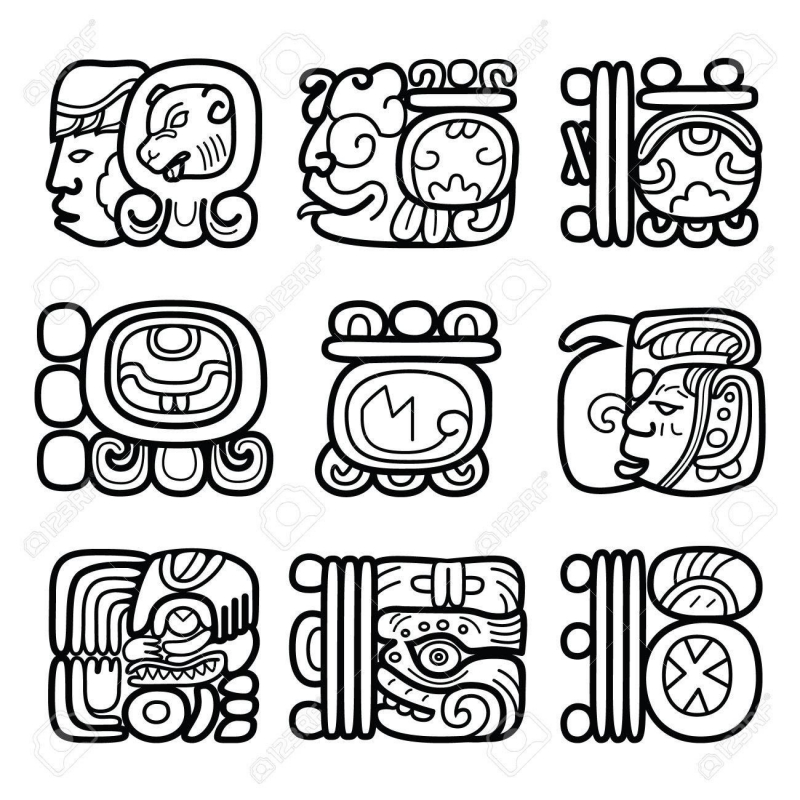
https://www.pinterest.com/ 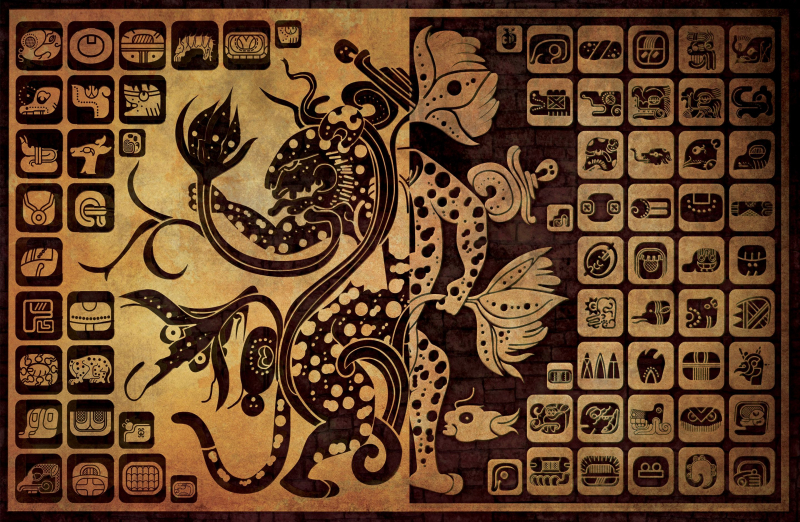
https://www.pinterest.com.mx -
Imagine the excitement archaeologist Arthur Evans must have had at the turn of the 20th century when he found 3,000 stone tablets on the island of Crete that were inscribed in a language that no one alive had ever seen. That was Linear B's initial interaction with the modern world.
The language was the ancestor of Greek and dates back to roughly 1400 BC, much earlier than other languages from the region that are known. It is hundreds of years older than what was previously thought to be the Greek alphabet.
Evans worked on interpreting what he had discovered for three decades. Later, Alice Kober, a scholar who had likewise committed her life to decoding the script, continued his effort. Michael Ventris, an architect, began attempting to crack the code in his leisure time and even while he was serving in World War II with the work Evans and Kober had done already in place.
He started translating historic place names up until the language was entirely deciphered by Ventris and a man by the name of John Chadwick in the late 1940s through to 1953, proving itself to be older Greek rather than Minoan as some had assumed.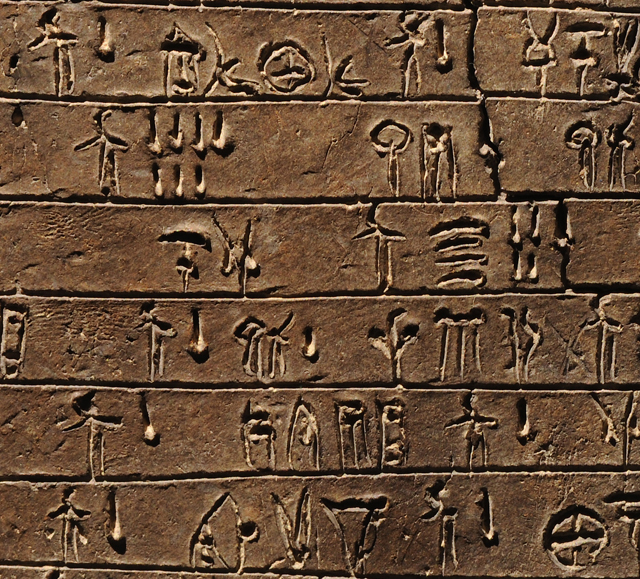
http://cachimbodemilho.blogspot.com 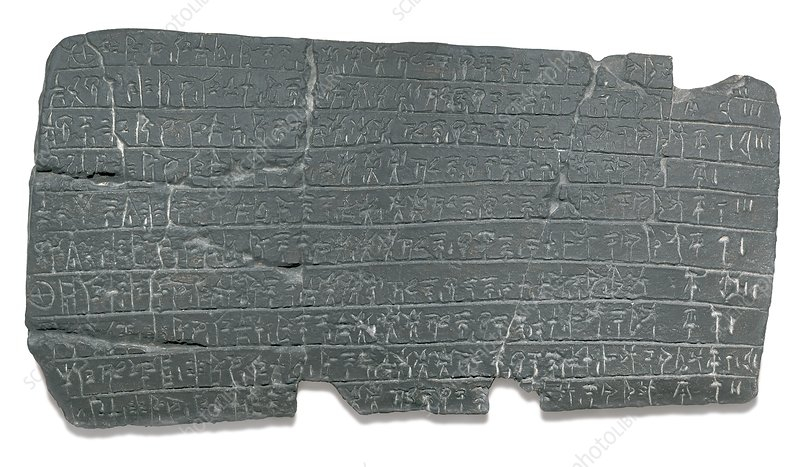
https://www.sciencephoto.com -
More than just a name, Black Dragon Canyon is a spectacular place. There are prehistoric cave paintings in the area that date back to between the years 1 and 1100 and were produced by the Fremont culture. It has been discussed for some time as to what the pictures on the wall, which were drawn in a type of red ink, might be. Are they real people? Animals? Or perhaps a pterodactyl—one of the most widely held theories?
As odd a question as it may seem, one of the drawings showed a gigantic bird-like monster with enormous wings and a long neck that unmistakably resembled a Jurassic Park inhabitant. The obvious issue that followed was how someone in Utah a few thousand years ago would have recognized what a pterodactyl looked like.
After the 1928 discovery of the artwork, there was much conjecture regarding the nature of the picture for many years. In 2015, it was discovered that the image was actually 5 different images that were overlapping with the use of some x-ray fluorescence and a cutting-edge piece of software that can help distinguish pigments. It turned out to be many animals and a human-like person, proving that the Fremont people had not actually traveled to the Land of the Lost.
http://www.david-noble.net/ 
http://www.david-noble.net/ -
Not just a Harry Potter title, though. The Philosopher's Stone, if you believe in alchemy, is a material that has the power to transform common metals like lead or iron into gold. And maybe more significantly, it contained the essence of existence. That indicated that it had the alleged ability to grant you immortality.
Alchemist John Dee and his son Arthur created a document in the 1600s that contained a cipher. It wasn't decrypted until 2019, when it was made public at an alchemy and chemistry conference. In order to get help from amateur code breakers, two academics with an interest in breaking the code published the ciphertext in a blog post in 2021. Richard Bean deciphered the code and discovered that it contained a formula for the Philosopher's Stone. It depends on who follows the instructions and can actually create the stone.

https://warnerbros.fandom.com/ 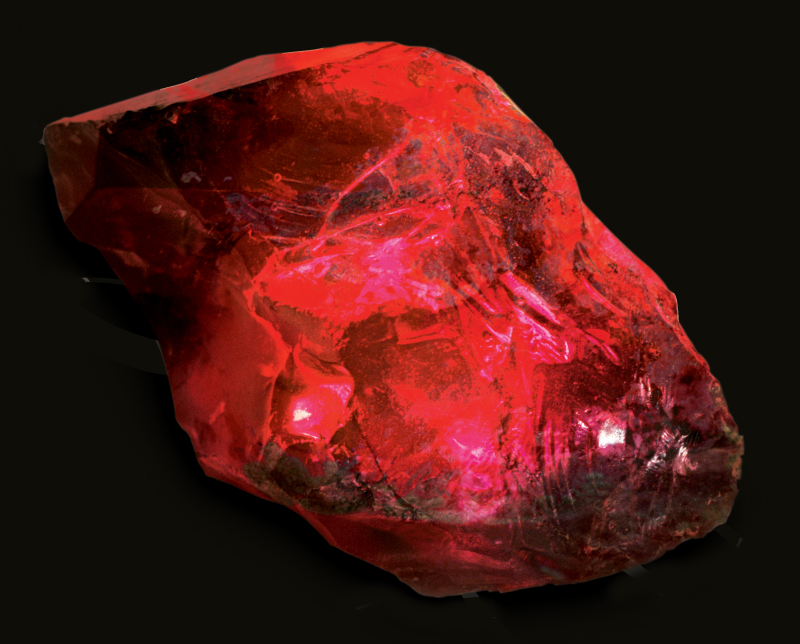
http://harrypotter.wikia.com/ -
A pair of Vikings exchanged a message in runic code about 900 years ago. The nature of the message was forgotten for many years, and thus became known as the "jötunvillur code." Was it carrying out preparations to attack a village? A mead recipe, perhaps? An epic poem about warriors contending for Valhalla? Not quite.
A piece of wood has runes engraved into it. The message was brief and characteristic of the times because so many straightforward runic messages were employed for countless purposes. Although there were likely several ciphers in use at the time, the jötunvillur code is one of the least frequent. Only nine examples of the code have ever been discovered, and it's thought that rather than being used to deliver coded communications, it was more often used to learn how to utilize runes.
These runic writings were utilized by the Vikings to create graffiti and love letters, as well as other writings. Due to the dearth of examples, the jötunvillur code was the most difficult to decipher. Fortunately, researchers discovered one where two individuals signed their names using both the runes and a far more popular alphabet. The coded message's translation, which was simply "kiss me," was made possible as a result. Who said Vikings weren't fun-loving people?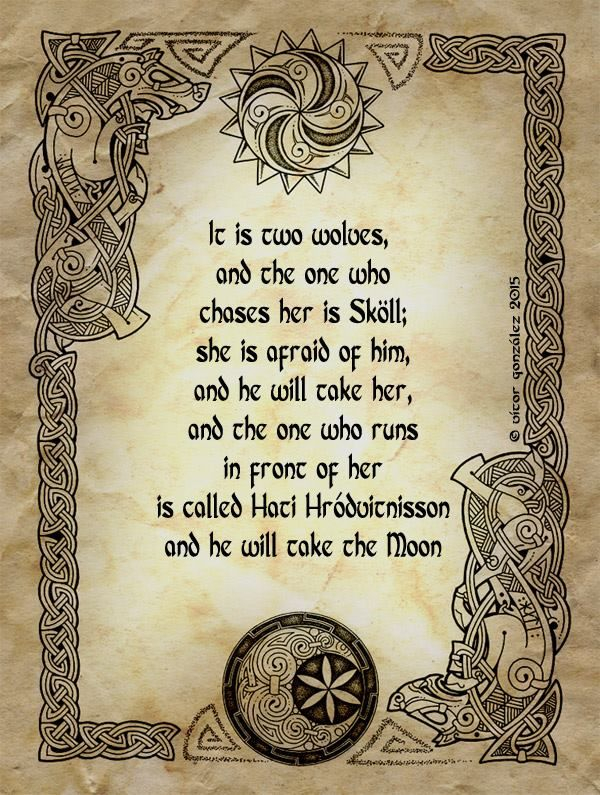
http://www.poemsearcher.com 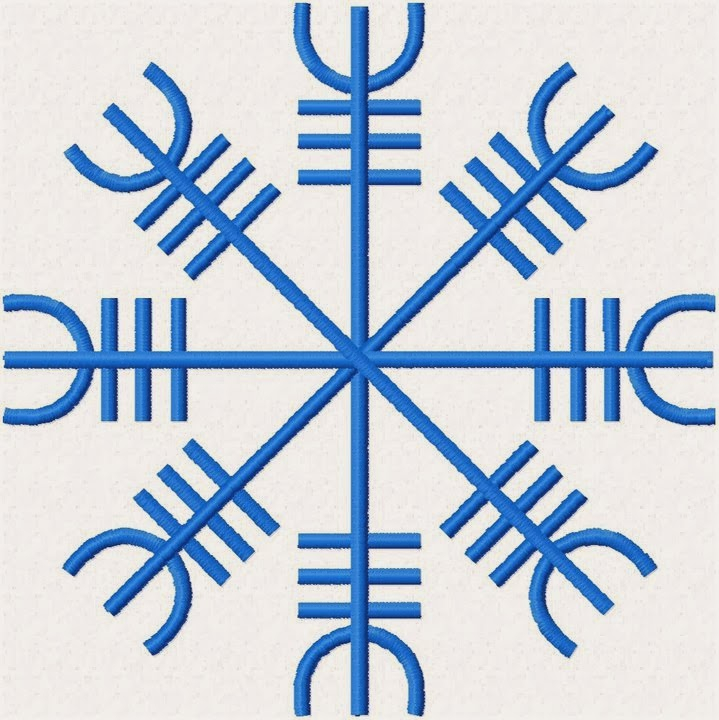
https://robertdiany1983.blogspot.com -
According to legend, Thomas J. Beale buried a large sum of money in gold and diamonds in the 1820s. He secreted his loot someplace near Bedford, Virginia, and then gave an innkeeper a coded note outlining their location. The treasure can only be located by deciphering three ciphertexts. One informs you the location of the treasure, one describes it, and one identifies the owner and their next of kin. Two of these ciphertexts have sadly yet to be cracked. Both the first and third mysteries remain unexplained. The second one, which described the contents of the treasure, was cracked, though.
The translated document claims that Beale concealed certain gems, as well as 1921 pounds of gold and 5000 pounds of silver, in iron pots. The current estimated overall worth is roughly in the neighborhood of $100 million. According to legend, the innkeepers attempted to decipher the ciphers themselves years after receiving them and believing Beale would never return. He forwarded it to a friend after failing to crack the second cipher, who used the Declaration of Independence as a key. In essence, one had to align the document's numbers with the cipher's numbers. You would then need to seek up the 67th, 98th, and 1167th words of the Declaration if the cipher had read "67 98 1167."
Nobody has been able to successfully solve one or three up to this point. Many others believe them to be a hoax as well, but that is still up for debate. But hey, at least one was deciphered, and we now know that someplace, possibly, a modest fortune waits for one clever codebreaker.
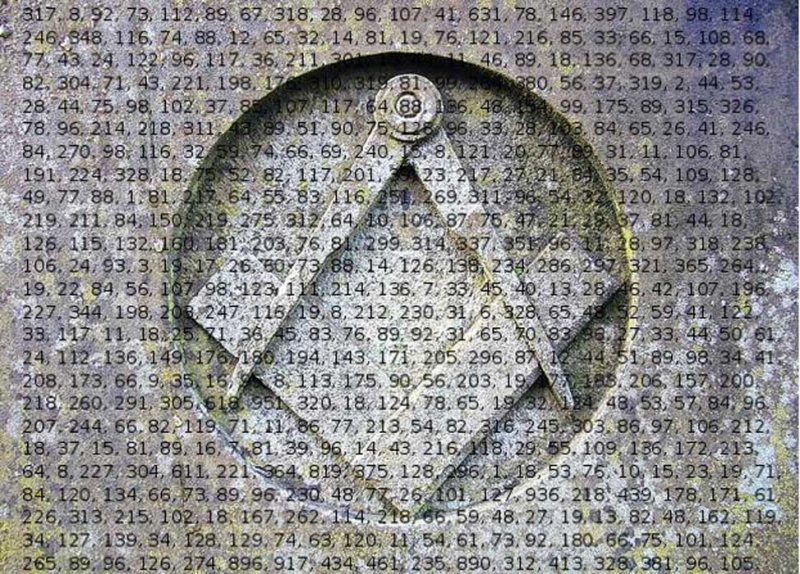
http://www.ancient-origins.net 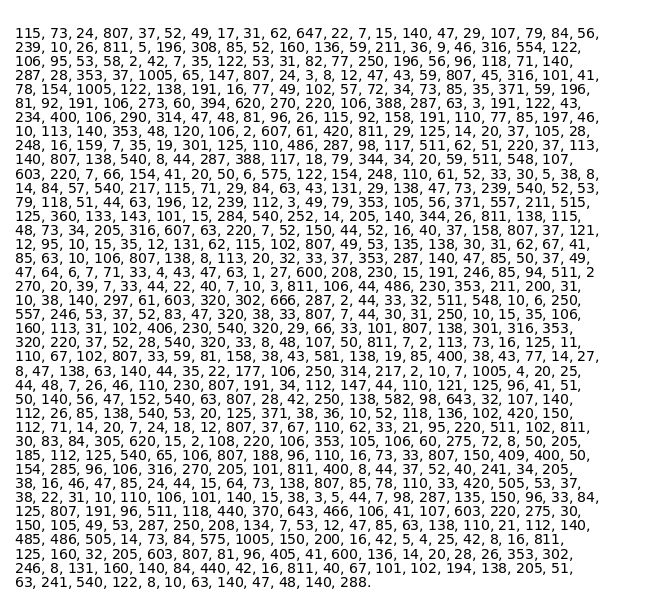
https://www.pinterest.com -
People pay attention when Edgar Allan Poe challenges them. And in 1840, he asked readers to give him a cipher that he couldn't decipher in an article he wrote for a magazine. A test to determine if they could surpass the well-known author. During its six-month run, Poe asserted that he had cracked every genuine cipher that had been submitted. He also provided two puzzles from a man by the name of Mr. W. B. Tyler for readers to attempt to solve.
Poe may have written them himself, which would serve as a prank or a tribute to his skill as a codebreaker. The codes were incredibly difficult to decipher. In actuality, it didn't get done for 150 years. In 1992, the first cipher was cracked, and the content inside was taken from the 1713 drama Cato. The second puzzle, however, was more challenging, and Williams College offered a $2500 prize to anyone who could crack it.
It wasn't until the year 2000 that a Toronto-based software engineer succeeded in solving the problem. Instead of the cipher itself, typesetting mistakes contributed to the issue in part. Once it was solved, it became clear that the message was just a flowery passage of writing, possibly penned by Poe but possibly not since it provides no explanation for who or why.
https://deepu.tech 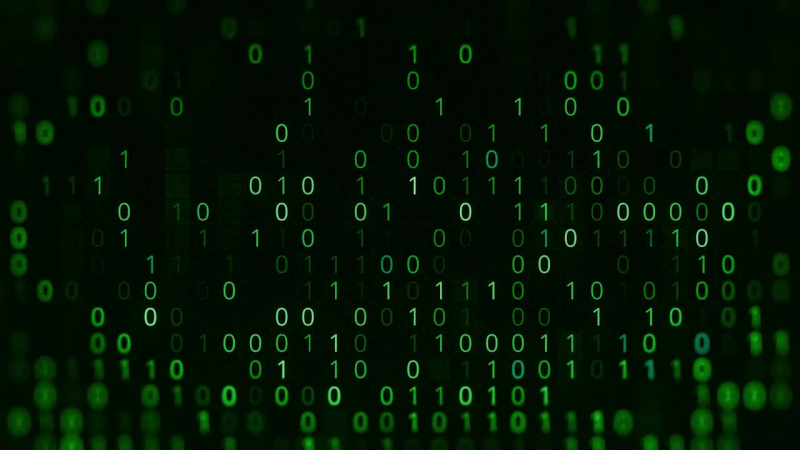
https://motionarray.com/ -
Giovan Battista Bellaso, an Italian cryptographer, invented the Vigenère Cipher in 1553; however, Blaise de Vigenère, to whom it was mistakenly assigned, is where the name comes from. Despite being a pretty straightforward code, it took more than 300 years to crack. In essence, it served as a stark example of how something may pass you by even though it is right in front of you.
It was referred to as "the unbreakable cipher" back in the day, despite how simple many today tend to think it is to crack. The Vigenère Square, a polyalphabetic substitution algorithm, is used to create the code.
The Square entails 26 repetitions of the letters. To generate a table of substitutes, each line is shifted one space to the left of the one before it. After selecting a keyword that may be utilized to decrypt it, you would employ multiple alphabets to generate the code throughout the cipher.
In 1861, a German soldier who was also a codebreaker deciphered the cipher by observing the pattern of repetition. You can really seek up a ton of examples on how to use it to encrypt or decrypt your own messages if you're interested.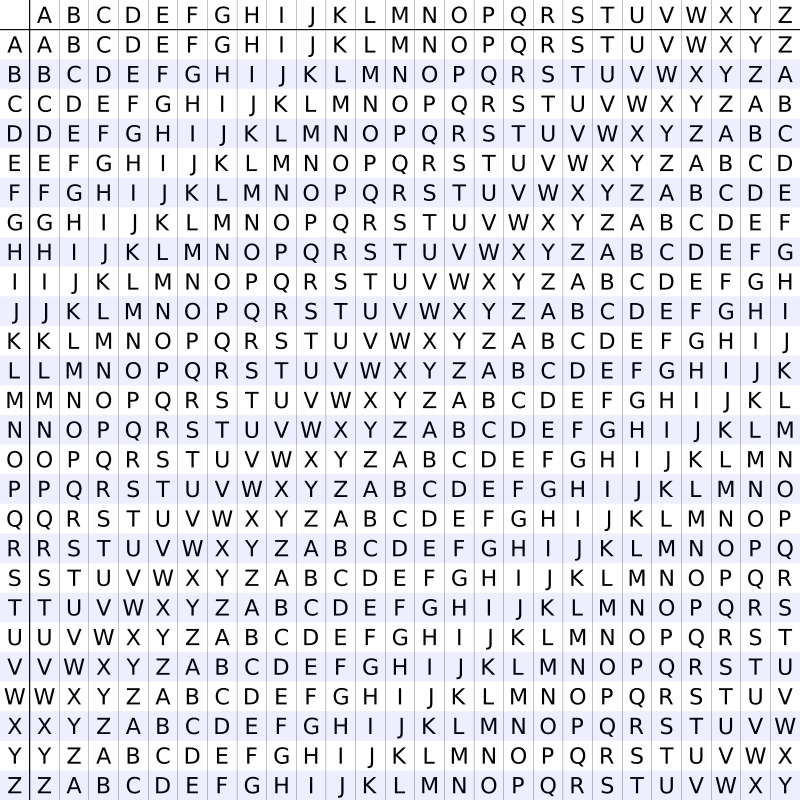
https://www.thecrazyprogrammer.com 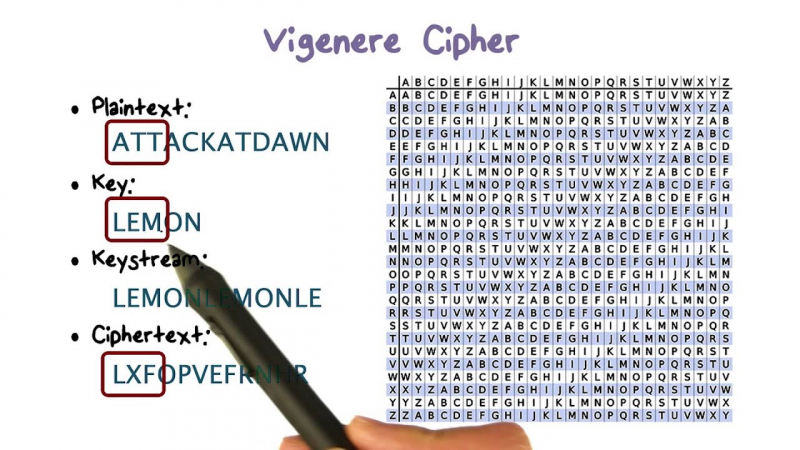
https://rupertmallin.info -
Few ciphers have a more bizarre past than the Copiale Cipher, which was used by a clandestine organization known as the Oculist Order. Despite none of the members being surgeons, they all had a real thing for eye surgery. There's nothing odd about that!
The cipher has been around since perhaps about 1760–1780. The Copiale cipher is a 105-page bound volume containing a 75,000 handwritten character encrypted document. The manuscript, which had remained untranslated for more than 260 years, was decrypted in 2011 with the aid of cutting-edge computer methods.
The cipher was discovered to be an encrypted German text by a global team that included Kevin Knight from the University of Southern California Information Sciences Institute and USC Viterbi School of Engineering, as well as Beáta Megyesi and Christiane Schaefer from Uppsala University in Sweden.
The text and spaces in the document are encoded using a homophonic cipher that employs a sophisticated substitution system that includes both symbols and letters. It took a long time for code breakers to figure it out, and they eventually realized that the Roman letters weren't actually part of the words being translated but were only there to be deceptive.
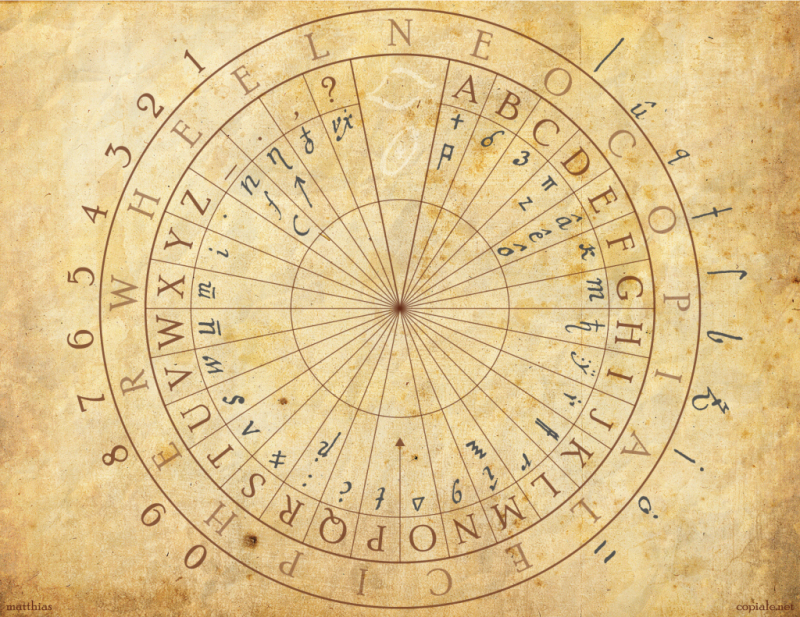
https://library.hrmtc.com/ 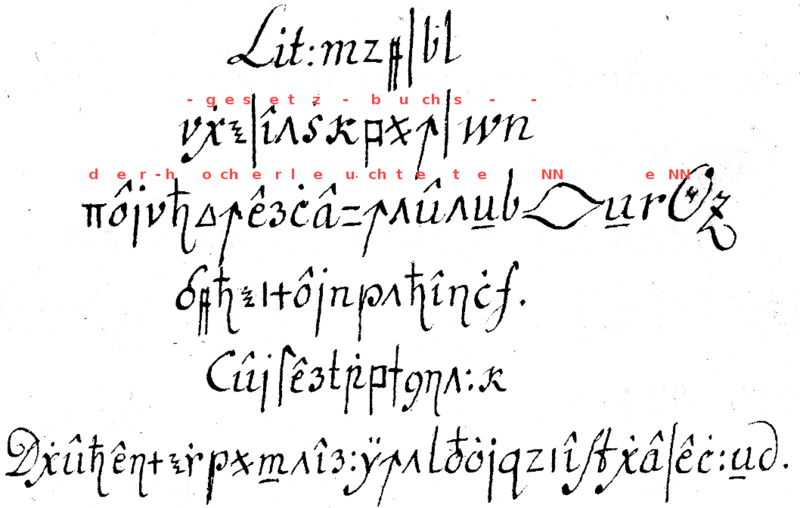
https://derekbruff.org/ -
Long before it was even modern, the modern world has been captivated with Ancient Egypt. One of the most enigmatic and astounding cultures in the history of humanity is the ancient one. The pyramids continue to be one of the seven wonders of the world. But there was a wide cultural gap between them and us, and it was difficult to understand them, in large part because of the language barrier. The only way to comprehend a world that predated the 28th century BC was to decipher the hieroglyphs that covered pyramids, scrolls, and sculptures.
While laying the fort's foundation near the town of Rashid in the year 1799, a Frenchman by the name of Bouchard who was working for Napoleon discovered the Rosetta Stone. The Rosetta Stone supplied the key to deciphering hieroglyphs, despite the fact that no one had used them since the 4th century. The same decree was engraved on the stone in hieroglyphics, Demotic writing, and Ancient Greek. In essence, it served as a guide for deciphering hieroglyphs.
By comparing the glyphs to the Greek text, Jean-Francois Champollion was able to first identify the names of Cleopatra and Ptolemy. One of the oldest languages in the world was once again understood in 1822 after the code had been broken.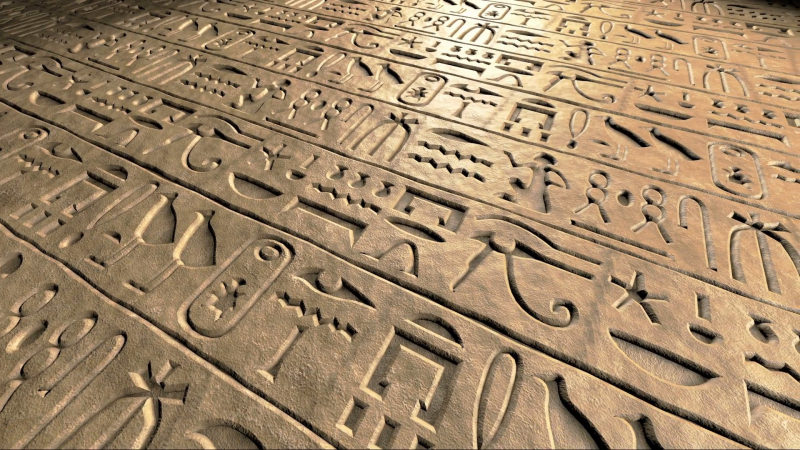
https://wallpapertag.com/ 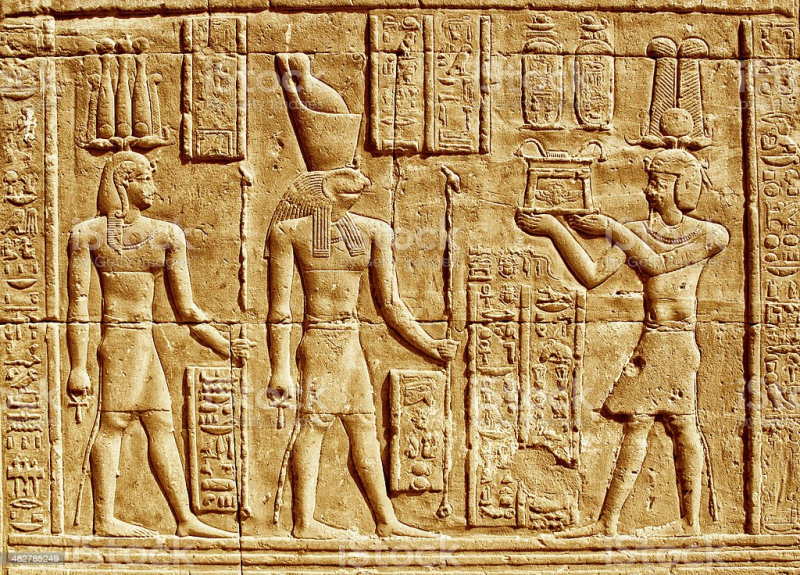
https://www.istockphoto.com












